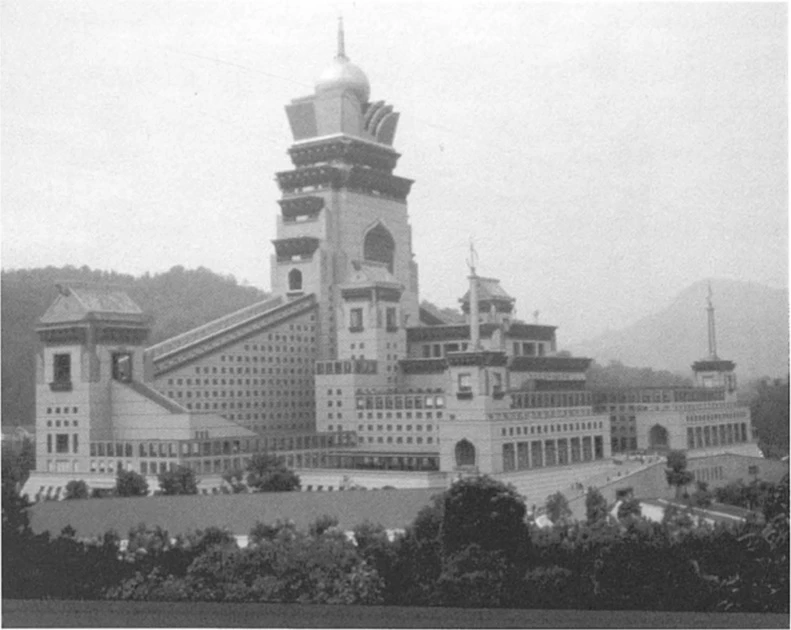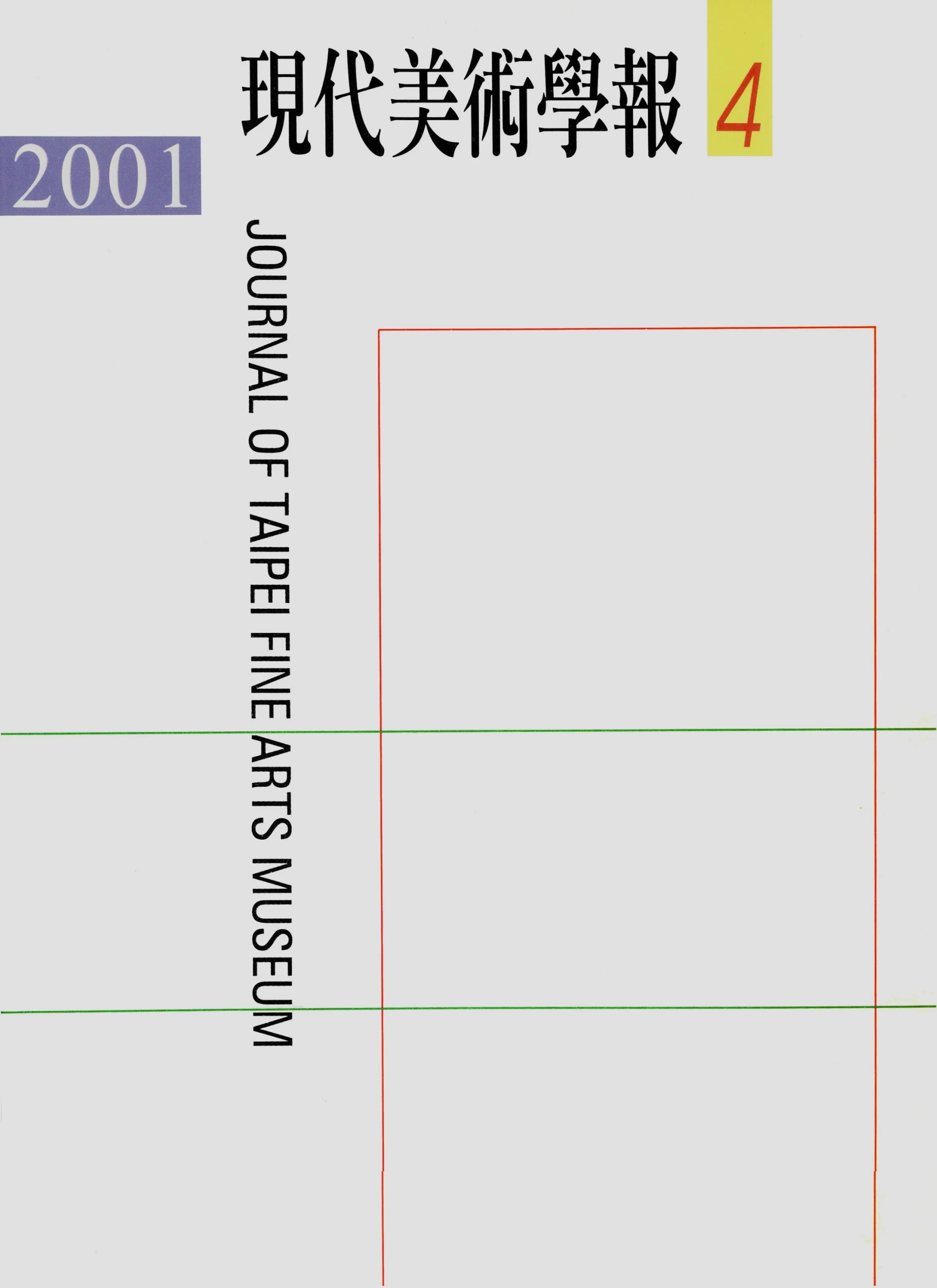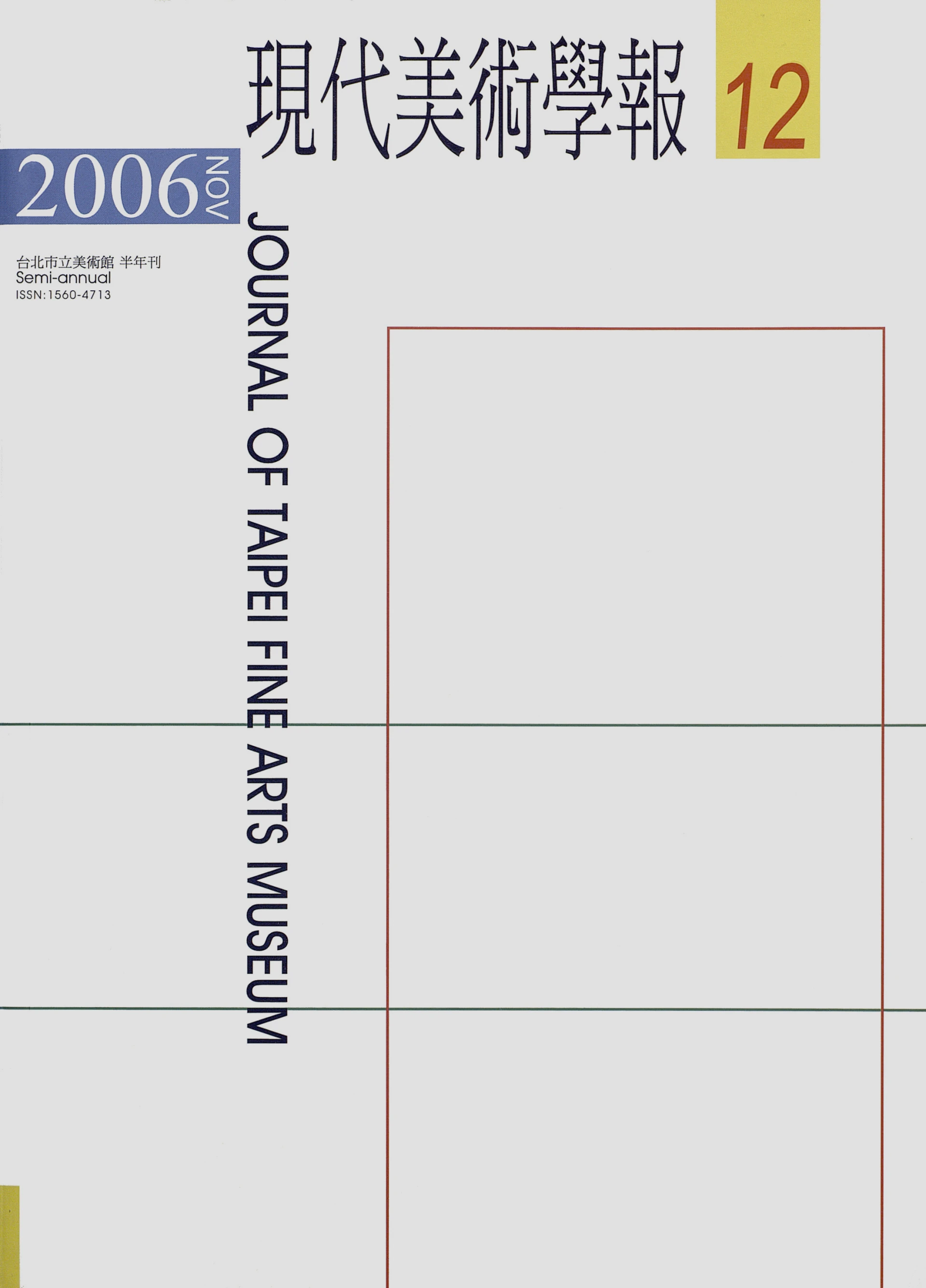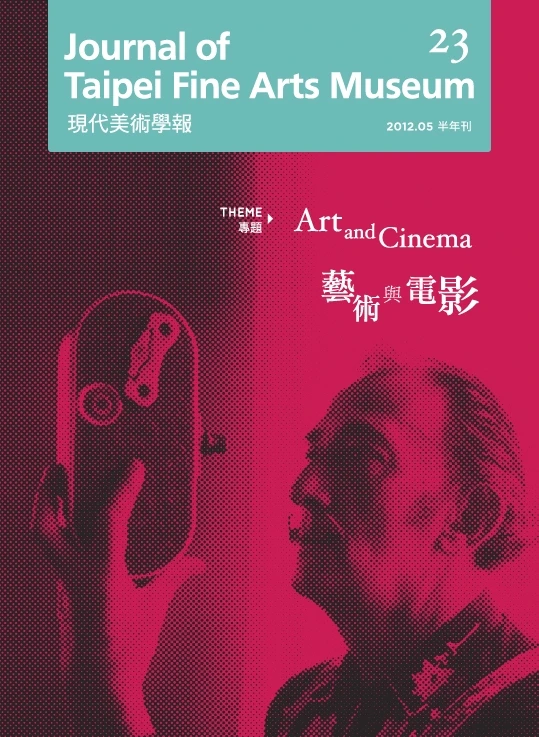摘要
本研究之目的是從藝術教育角度出發,探討原住民文化特質、藝術信念與發展、外來強勢文化影響下文化主體的轉變與衝擊,以檢驗多元文化和多族群社會的文化認同與演進過程和相關教育問題。
研究對象針對台灣排灣族原住民為主。排灣族原住民素以其刺繡、珠繡、雕刻、陶器等被外界稱道為具有獨特風格之「藝術」,但其文化主體下藝術之確實面相則有待釐清。而在近代強勢文化(西方宗教、日本殖民文化、國民政府政權)介入,現代教育系統主導,以及西方美學價值體系潮流影響所及,原住民藝術信念真實面相、轉變、以及衍生的藝術教育問題值得重視與深思。
本研究有三大主要目標:
第一,以位於屏東縣來義鄉古樓村聚落的排灣族原住民文化本體為研究重心,釐清原住民文化價值體系中對西方美學體系定義下所請"藝術"之確實定位、觀念、認知理念和態度,以瞭解原住民藝術與生活相互關係發展情形,並探討相關認知問題;
第二,檢視探討原住民文化特質和藝術觀念因受到外來文化介入所產生之本質影響和變化;
第三,檢驗目前多元文化和多元族群社會的演進過程,以及在此社會形態下原住民藝術發展、族群認同、與相關藝術教育問題。
Abstract
The field study of the aborigines in Taiwan has a three-fold research puipose: First, it is designed to study the culture and art beliefs within the aboriginal culture of P'ai-wan. Second, it is designed to examine the effects of outside cultural intrusions, such as religious cultures, colonial cultures, and political dominant cultures, and the effects of modern educational system, on the art and culture of the P'ai-wan culture and art. Third, it is designed to examine how aboriginal culture has been affected by external culture intrusions. The P'ai-wan aboriginal people at Kulalau village in P'ing-tung county are selected as site for cultural examining.
Pai-wan aborigines are famous for their "art" products, such as embroideries, wooden sculptures, and rock sculptures. However, the real roles of these "art" products in their own cultural system need to be examined based on their own art beliefs. Throughout history, the effects and influences of Christian religious culture, Japanese colonial culture, the Nationalist government culture, and modern educational system upon the art and culture of the P'ai-wan people are discussed.
This broad purpose was based upon the communities' interest in addressing issues related to the arts and beliefs, as well as answering a call for recognizing cultural identity of the indigenous groups, as well as recognizing a diversity of aboriginal cultures in multicultural societies. Through the use of the ethnography research methodology, the P'ai-wan culture is placed at central stage to be examined how it has been assimilated or adapted the "art" notions and beliefs from external cultures, especially Euro-western cultures. Related issues or controversies of art education and cultural identity of the P'ai-wan people are examined and discussed, as they pertain to the effects of cultural intrusions and controversies in school system.
Accordingly, the study offers the field of art education a rich opportunity to recognize the changing beliefs of aboriginal people over time in the multicultural society of Taiwan, and the contextual influences that contributed to these changes.
Keywords
Art education, art beliefs, P'ai-wan Aboriginal culture






